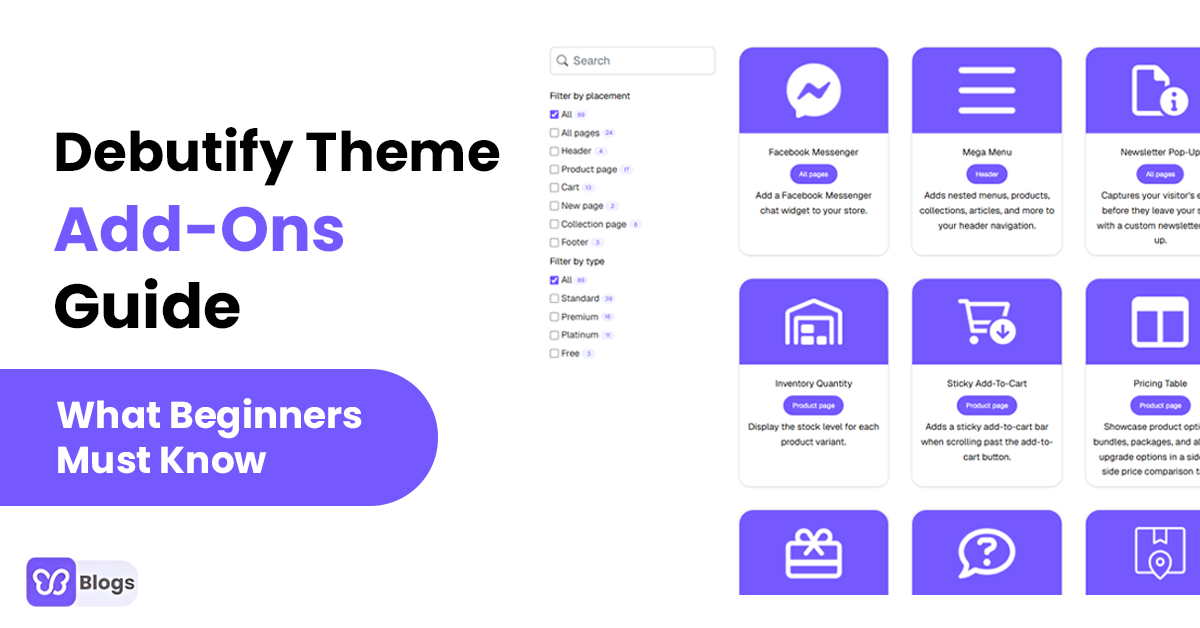Ever heard of embedded finance? It's like having a super cool financial sidekick right inside your business!
So, here's the deal: embedded finance is when money-related services, like payments, loans offer, financial services, and insurance, get seamlessly integrated into stuff that's not even about money.
Now, guess what?
Embedded finance is becoming crazy popular! Businesses and traditional financial institutions everywhere are jumping on the bandwagon and adopting it like there's no tomorrow.
And you know what that means? It means this thing has some serious growth potential, my friend.
But why should you even care about embedded finance?
Picture this: blending financial services with your other products and services or services can create a mind-blowing customer experience. Imagine offering your customers super easy and lightning-fast payment processing options, personalized financial advice, or custom-tailored insurance coverage.
That's some next-level stuff!
In this fast-paced, dog-eat-dog business world, you must stay ahead. And that's why considering embedded finance is a total game-changer.
It's not just about following the trends. It's about unleashing a secret weapon to take your business to new heights. With embedded finance, you can unlock fresh moola, build stronger bonds with your customers, and become a superstar in your industry.
So, get ready to dive into the fantastic world of embedded finance!
We will show you how this next financial technology superhero can transform your business and make it fly high.
Get your cape on, and let's rock this embedded finance adventure!






